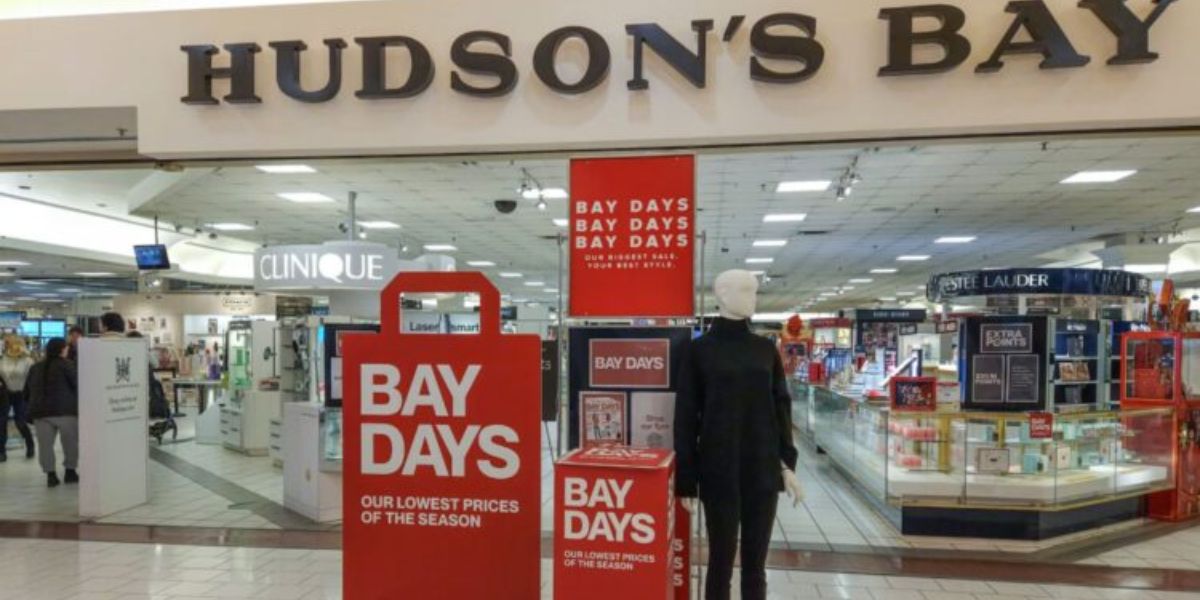Hudson’s Bay is about to disappear. We’re sorry to start the article in such a blunt way, but that’s the reality: the oldest company in North America (founded in 1670) is about to close its doors forever. And this isn’t just a business story; it’s the closing of a chapter in the history of our continent.
Hudson’s Bay was, at one time, the leader in the fur trade, controlling large territories in Canada, but time and technology have wiped out everything you once knew, and in recent decades, they’ve noticed the market was changing.
Now, they’re on the verge of declaring bankruptcy, and even though they only own six stores (with all that they once were…), a judge has given them a deadline until early May if they don’t want to be forced to liquidate the company completely.
What is Hudson’s Bay?
It all started back in 1650 with two French explorers, Pierre-Esprit Radisson and Médard de Chouart, who in the 17th century arrived loaded with valuable furs from Hudson Bay. In France, the monarchy paid them no attention, so they tried their luck in London. And there the Hudson’s Bay Company was born, with the support of Prince Rupert, cousin of King Charles II. They didn’t just trade in furs: they administered territories that today are part of Canada through so-called company-states, whose main goal was to conquer land in order to set up trade.
For a long time, HBC operated as an almost colonial monopoly, acting as a commercial monopoly. But in 1849, a court ruling opened the door to competition, and total control ended. Soon after, the British government paid them 300,000 pounds to recover those lands, and the company was forced to reinvent itself. It left the fur business behind and focused on retail, where it has remained until now.
It managed to adapt… until the internet arrived
During the 20th century, Hudson’s Bay managed to stay strong after that transformation. They opened department stores, supermarkets, shopping malls. HBC became a symbol of modern consumerism and the new Canadian middle class. Their stores stood for quality, history, and stability. But… the new century arrived, and with it everything we know: online shopping, Amazon, and other platforms that bring everything to your door with just one click. Little by little, HBC lost ground, closed their stores in Europe and the United States, and after the pandemic, like many other companies, the situation became so unsustainable that only six stores survived.
A company that survived wars, recessions, and the loss of its territorial empire… is about to fall due to something as cold as the lack of attention from the digital consumer. The internet didn’t just change how we shop: it also changed who survives in this market.
Hudson’s Bay is not an isolated case
HBC hasn’t been the only one to suffer the change in consumer habits. Many brands that defined an era ended up falling for not adapting in time. The story of Hudson’s Bay reminds us that no legacy, no matter how long, guarantees the future. Constant innovation is the only thing that keeps you going. And that applies to everyone.
What now?
What we know is that, if no rescue plan shows up before May, the closure will be official. If that happens, Hudson’s Bay will go down in history as yet another business legend. One that began with explorers and unfinished maps… and ended defeated by a browser window.

